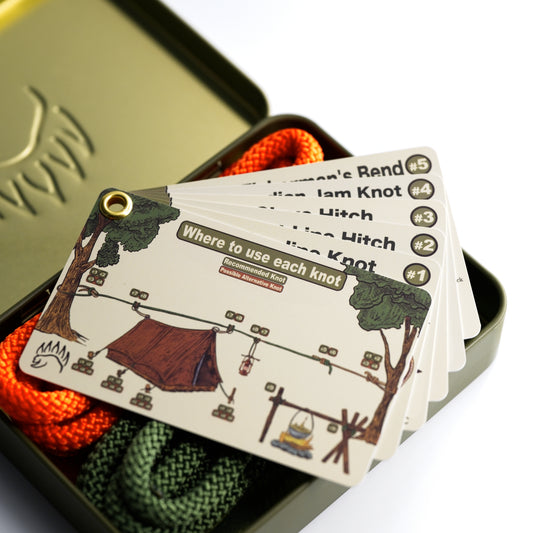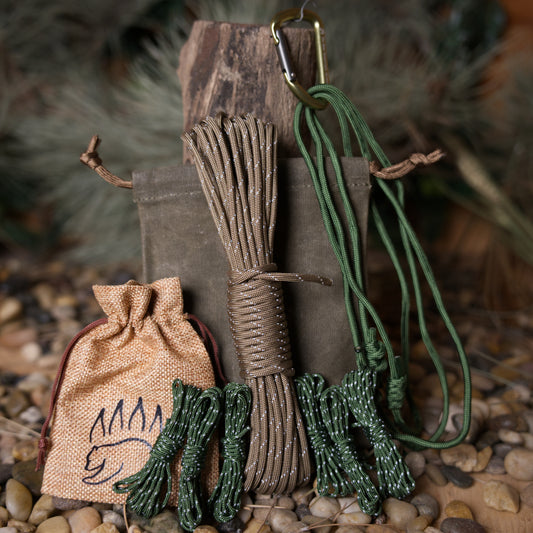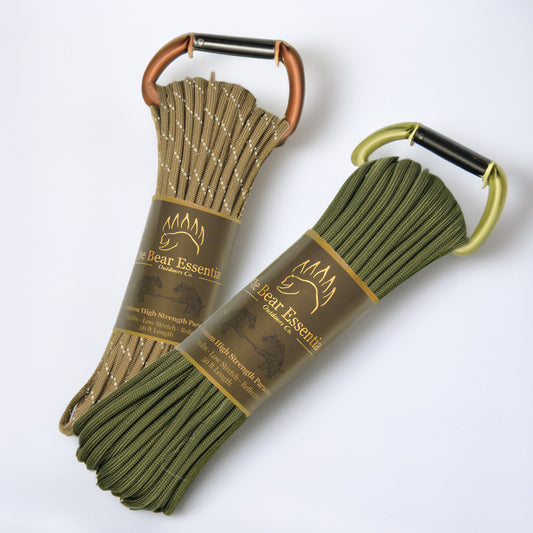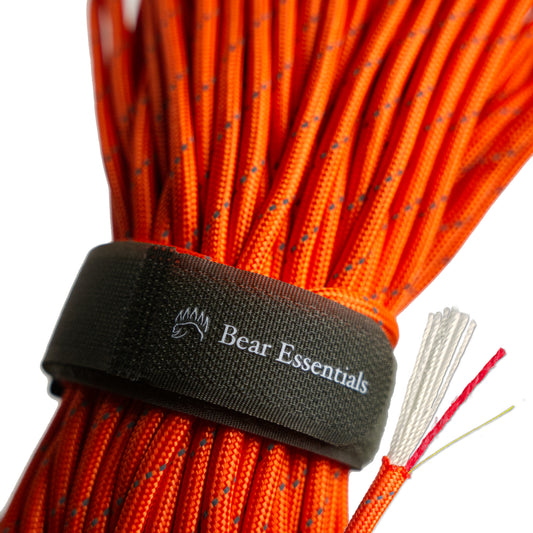How to Tie the Orvis Knot
Usage
The Orvis Knot is a strong and efficient knot used in fishing and flyfishing to tie a line to a hook or fly, offering a reliable connection with a straightforward tying process. Compared to the Improved Clinch Knot, it’s stronger and better suited for fine tippets, making it ideal for flyfishing scenarios requiring precision. Its simplicity and high strength are valued, but it requires careful tightening to avoid slippage. This knot is a favorite for fly anglers targeting trout or panfish.
Why Learn the Orvis Knot?
Its balance of strength and simplicity ensures a dependable tie. This knot is a must for fly anglers seeking a strong, easy knot for small flies. It retains up to 95% of line strength, is simple to tie, and creates a low-profile knot, ideal for delicate fishing scenarios.
Common Uses
-
Fishing:
- Secures monofilament or fluorocarbon to small hooks for finesse fishing.
- Attaches lines to lightweight lures or jigs for delicate presentations.
-
Flyfishing:
- Ties tippets to fly hooks for trout, panfish, or other small species.
- Connects leaders to flies in clear, technical waters.
ABOK Number
(Ashley Book of Knots)
Other Names
Category
|
Notable Features
- High Strength: Retains up to 95% of line strength, ideal for fine tippets.
- Simple to Tie: Forms quickly, even in low-light conditions.
- Low Profile: Creates a compact knot, perfect for small flies.
- Versatile: Works with monofilament and fluorocarbon lines.
- Flyfishing Favorite: Trusted for precise presentations in technical waters.
Variations
(No true variations listed; some anglers add an extra pass through the figure-eight loop for added security, though this may increase bulk.)
Similar Knots
Improved Clinch Knot vs. Orvis Knot
- Pros: More widely known and versatile for larger hooks.
- Cons: Less strong and bulkier for fine tippets compared to the Orvis Knot.
Davy Knot vs. Orvis Knot
- Pros: Simpler and faster to tie for small flies.
- Cons: Less secure with fine tippets, where the Orvis Knot excels.
History
The Orvis Knot, not listed in The Ashley Book of Knots, was developed by the Orvis Company, a leading flyfishing brand, to provide a strong, simple alternative to traditional knots like the Clinch. Introduced to meet the needs of fly anglers tying small flies in technical waters, its high strength and ease of tying made it a popular choice. Its use in flyfishing reflects its effectiveness for delicate presentations and fine tippets.
Security Level
The Orvis Knot provides excellent strength, retaining up to 95% of the line’s breaking strength when tied correctly with monofilament or fluorocarbon, particularly with fine tippets (4X-7X). It performs best with precise tightening and thin lines. For thicker lines or larger hooks, a knot like the Improved Clinch or Palomar Knot may be more suitable to ensure reliability.
Downsides
- Obscurity: Less commonly known, so less familiar to some anglers.
- Tightening sensitivity: Requires careful pulling to avoid weakening with fine lines.
Structure
- Pass the line through the eye of the hook or fly, leaving a 4-inch tag end.
- Wrap the tag end around the standing line and through the loop created, forming a figure-eight shape.
- Pass the tag end through the top loop of the figure-eight a second time.
- Wet the knot, then pull the standing line to tighten, sliding the knot to the hook eye.
- Trim the tag end close and test the knot to ensure it holds securely.
Pro Tip: Wet the line with saliva or water before tightening to reduce friction and strengthen the knot.
FAQ
Is the Orvis Knot strong enough for trout?
Yes, it’s highly reliable for trout with fine tippets, offering excellent strength when tied properly.
What’s the best line for the Orvis Knot?
Fluorocarbon or monofilament tippets in 4X-7X work best for small flies.
How does the Orvis Knot compare to the Davy Knot?
The Orvis is stronger for fine tippets, but the Davy is simpler and faster to tie.
Can the Orvis Knot be used in regular fishing?
Yes, for small hooks, but other knots may be better for heavier setups.
Why choose the Orvis Knot over an Improved Clinch Knot?
It’s stronger and more compact for fine tippets, though less versatile for larger hooks.
Important Notes on Safety
Common failure points include improper tightening or insufficient wetting, which can cause slippage or weaken the knot. Always wet the knot and verify it’s secure before fishing, especially with fine tippets. Check the line for wear or damage before tying. Ensure the figure-eight is tightened evenly for maximum strength. Practice in calm conditions to perfect the technique.







